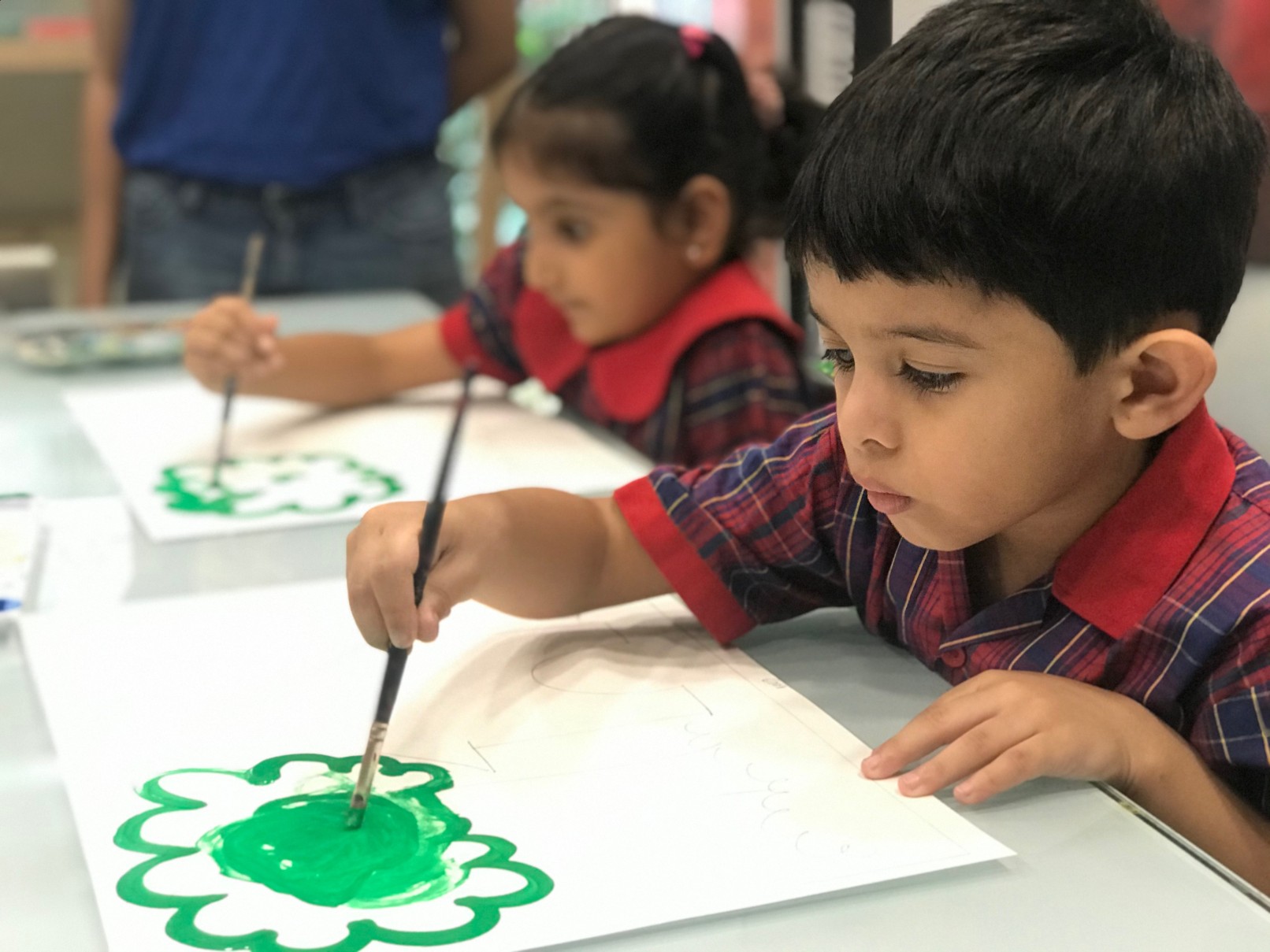- Call/Whatsapp: +91-9372801276
- Mail us: info@viverointernational.com
In today’s accelerated world, art has become more important than ever before. It is widely recognized that a child’s education plays a crucial role in shaping their future, particularly in the early years. Incorporating art and creativity into the curriculum is one of the most effective ways to promote early childhood development. Art In Early Childhood provides opportunities to express themselves and nurture their imagination in various ways. Early exposure to art and creativity provides pre-schoolers with a range of benefits that can positively impact their cognitive, social, emotional, and physical development.

Emotional Development: Art allows children to express their feelings and emotions in a safe and positive way. Art can help children deal with stress and anxiety, which are common in today’s world. It also helps children develop empathy, which is essential for building positive relationships with others. Art can also be a form of therapy for children who have experienced trauma or are dealing with emotional challenges.
Logical and Rational Development: Art involves a wide range of skills, including problem-solving, critical thinking, and decision-making. When children engage in art and creative activities, they develop these skills, which are essential for their cognitive development. Creating art also helps children learn about colours, shapes, patterns, and textures, which are important elements in visual learning. By creating art, children learn to observe and interpret the world around them. In addition to its direct impact on the brain, art can also inspire creativity through its ability to communicate complex ideas and emotions.
Fine Motor Skills: Art activities require children to use their hands and fingers, which is essential for developing fine motor skills. Fine motor skills are crucial for everyday activities such as writing, tying shoelaces, and using cutlery. Art can also help children develop hand-eye coordination, which is essential for sports and other physical activities.
Social Development: Art is an excellent tool for promoting social development. When children engage in group art activities, they learn how to work collaboratively and develop communication and social skills. Art can also help children build self-confidence and self-esteem, which are essential for developing positive relationships with others.
Imagination and Creativity: Art is all about imagination. When children engage in art activities, they are free to explore their creativity and imagination, which is essential for developing problem-solving skills. Art allows children to experiment and take risks, which helps them become more confident and creative.
Finally, art provides an enjoyable and engaging learning experience for children. When children are having fun and enjoying themselves, they are more likely to be motivated and engaged in learning. Art and creativity allow children to explore their imagination and creativity, which fosters a love of learning and curiosity. This can help to create a positive attitude towards learning that can continue throughout their academic journey.
